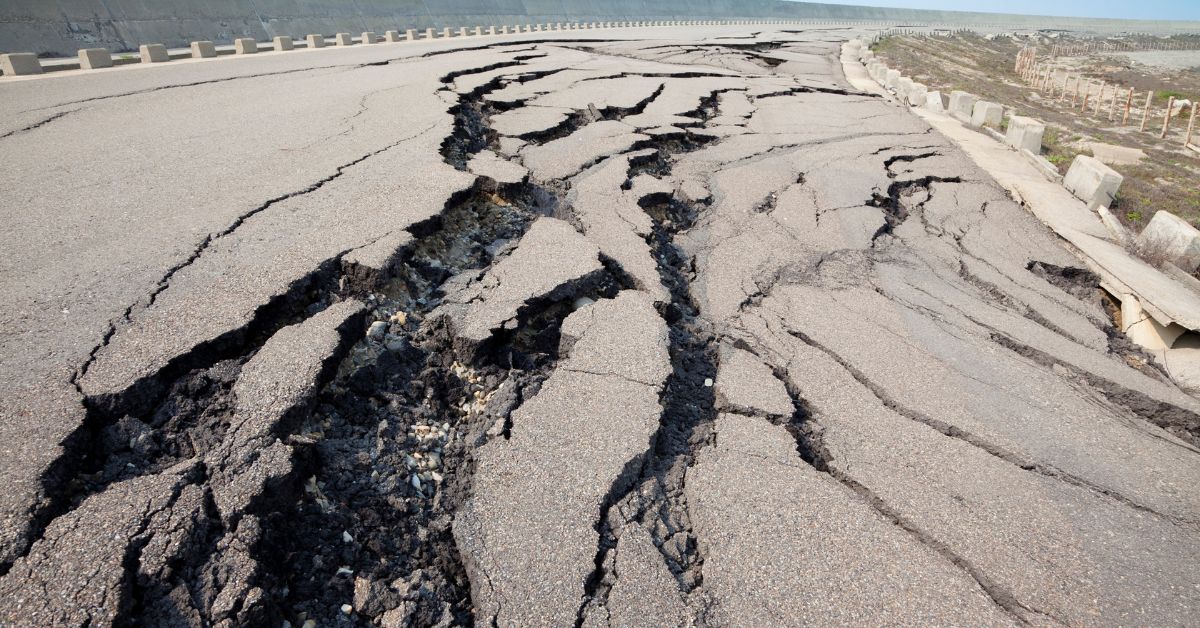Earthquakes in Mexico 1875 marked a pivotal moment in the country’s seismic history. These events not only shook the physical terrain but also left lasting imprints on the social and cultural fabric of Mexico. By delving into the details of the earthquakes in mexico 1875, we gain insights into the challenges faced by communities, the resilience shown in the aftermath, and the evolution of seismic studies in the region.
A Brief Overview of Earthquakes in Mexico 1875
The earthquakes in Mexico 1875 were part of a series of seismic activities that highlighted the geologically active nature of the region. Mexico lies along the Pacific Ring of Fire, a zone known for frequent earthquakes and volcanic eruptions. The events of 1875 were particularly noteworthy, as they disrupted life in many areas and brought attention to the need for better preparedness.
The year 1875 witnessed multiple tremors, some of which were powerful enough to cause widespread damage. These earthquakes also became a topic of interest for historians and scientists studying Mexico’s seismic landscape.
Causes of Earthquakes in Mexico 1875
Tectonic Activity in Mexico
The earthquakes in Mexico 1875 were primarily caused by the movement of tectonic plates. Mexico’s position at the convergence of the North American, Cocos, and Pacific plates makes it highly susceptible to seismic activity. Subduction zones, where one plate moves beneath another, often trigger significant earthquakes.
Role of the Pacific Ring of Fire
Being part of the Pacific Ring of Fire, Mexico is no stranger to earthquakes. The events of 1875 were a reminder of the region’s vulnerability to tectonic shifts, as these areas experience constant plate movement, resulting in frequent seismic disturbances.
Impact of Earthquakes in Mexico 1875
Damage to Infrastructure
The earthquakes in Mexico 1875 caused substantial damage to infrastructure. Buildings, particularly those constructed without modern engineering techniques, suffered structural failures. Historical accounts describe collapsed homes, damaged churches, and ruined public facilities.
Loss of Life and Livelihoods
The human cost of the earthquakes in Mexico 1875 was significant. Many communities experienced loss of life, injuries, and displacement. Additionally, livelihoods were disrupted as agricultural fields, markets, and trade routes were affected.
Cultural and Social Effects
The earthquakes also left a cultural imprint. Religious institutions, often central to community life, played a role in offering solace and support during the aftermath. Folk tales and oral histories about the earthquakes in Mexico 1875 have been passed down through generations, preserving the memory of these events.
Historical Records of Earthquakes in Mexico 1875
Eyewitness Accounts
Historical documents and personal diaries provide valuable insights into the earthquakes in mexico 1875. Eyewitnesses described the tremors as sudden and terrifying, with the ground shaking violently and causing widespread panic. Such firsthand accounts have been instrumental in understanding the scale and impact of these events.
Newspaper Reports
Local newspapers of the time extensively covered the earthquakes in Mexico 1875, detailing the destruction and the community’s response. These reports serve as crucial historical records, shedding light on the challenges faced and the resilience demonstrated.
Lessons Learned from Earthquakes in Mexico 1875
Importance of Earthquake Preparedness
The earthquakes in Mexico 1875 underscored the importance of preparedness. While modern earthquake-resistant construction techniques were not available at the time, the events highlighted the need for better planning and building practices.
Advancements in Seismology
The study of the earthquakes in Mexico 1875 contributed to early seismic research. Observations from these events helped scientists better understand the behavior of earthquakes in the region, paving the way for advancements in seismology.
Comparisons to Modern Earthquakes
Differences in Impact
While the earthquakes in Mexico 1875 caused significant damage, modern earthquakes in Mexico tend to have a different impact due to improved construction standards and early warning systems. However, the events of 1875 remain a reminder of the region’s vulnerability.
Similarities in Response
The community-driven response to the earthquakes in mexico 1875 mirrors the solidarity seen in modern times. Neighbors helping neighbors and collective efforts to rebuild are recurring themes in Mexico’s history of resilience.
Frequently Asked Questions About Earthquakes in Mexico 1875
What caused the earthquakes in Mexico 1875?
The earthquakes in Mexico 1875 were caused by tectonic plate movements in the region, particularly along the subduction zones of the Pacific Ring of Fire.
How severe were the earthquakes in Mexico 1875?
While exact magnitudes are unknown, historical accounts indicate that the earthquakes were severe enough to cause significant damage to infrastructure and loss of life.
What lessons were learned from the earthquakes in Mexico 1875?
Key lessons include the importance of preparedness, the need for better construction practices, and the value of studying seismic activity to mitigate future risks.
Conclusion
The earthquakes in mexico 1875 were a defining moment in the country’s seismic history. These events highlighted the need for awareness, preparedness, and resilience in the face of natural disasters. While the challenges of 1875 may seem distant, the lessons learned continue to inform modern practices in seismology and disaster management.
By remembering and studying the earthquakes in Mexico 1875, we honor the resilience of past generations and strive to build a safer future for those living in seismically active regions. Whether through historical records or advancements in science, the legacy of these events remains a vital part of Mexico’s story.




